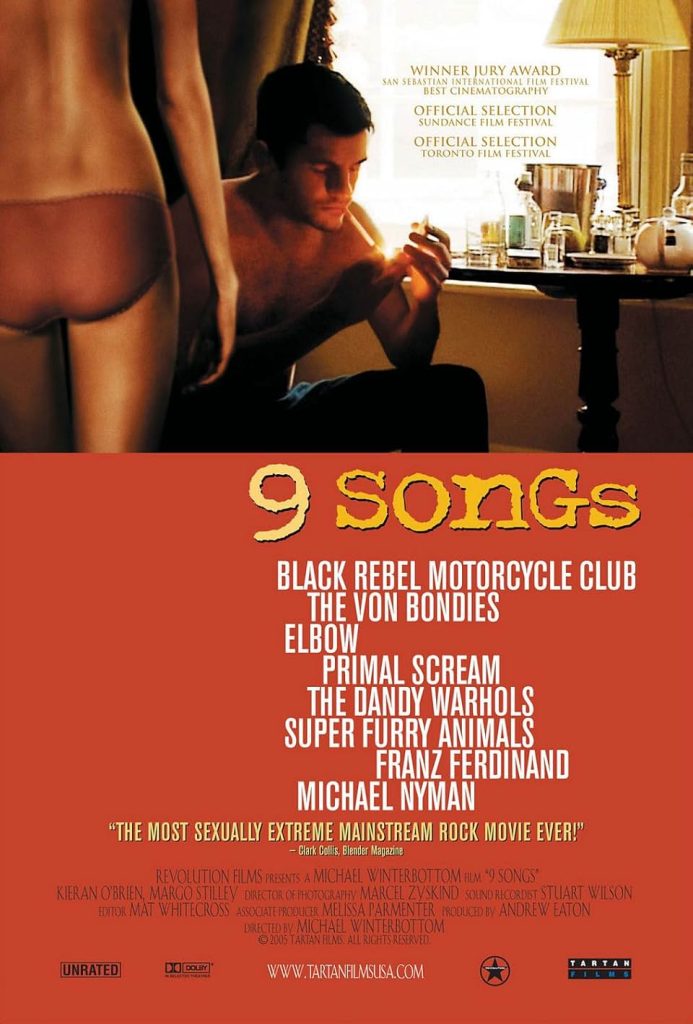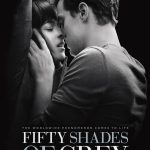9 songs 2004
Review: “9 Songs” (2004)
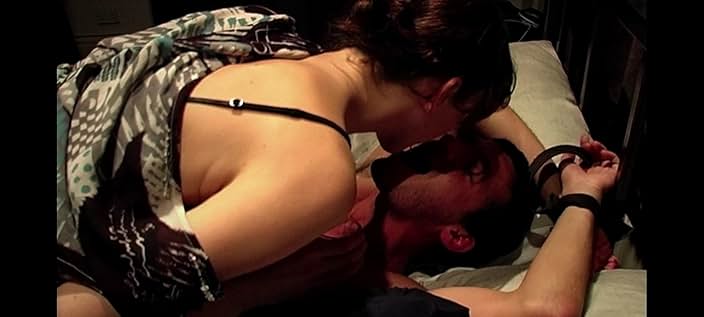
In 2004, British director Michael Winterbottom released “9 Songs,” a film that stands out for its bold approach to storytelling and its unique blend of narrative and documentary elements. Winterbottom, a filmmaker known for his diverse body of work—from the intense realism of “Welcome to Sarajevo” to the playful experimentation of “Tristram Shandy: A Cock and Bull Story”—crafted a piece that challenges conventional cinema. “9 Songs” weaves together the personal and the universal, exploring themes of love, memory, and music against the contrasting backdrops of London’s vibrant indie scene and the stark, icy expanse of Antarctica.
This film centers on the relationship between two characters, Matt and Lisa, and uses their shared experiences—particularly their attendance at nine live music performances—as a framework to tell their story. It’s a movie that invites reflection, not just on the characters’ journey, but on the viewer’s own experiences of connection and loss. At over 2000 words, this review will delve into the film’s synopsis, themes, music, performances, cinematography, controversy, and overall impact, all while respecting the constraint of avoiding explicit language.
—
## Synopsis
“9 Songs” begins with Matt, portrayed by Kieran O’Brien, soaring over the vast Antarctic landscape. His voiceover muses on the endless ice and the memories it stirs of his time with Lisa, played by Margo Stilley. This opening establishes the film’s dual timeline: Matt’s solitary present in Antarctica and his vivid recollections of a past relationship in London.
The story traces back to Matt, a British climatologist, meeting Lisa, an American exchange student, at a concert by Black Rebel Motorcycle Club at Brixton Academy. Their connection sparks instantly, drawing them into a whirlwind of shared moments. The film unfolds through a series of vignettes—private encounters interspersed with concert outings—each tied to one of the nine songs that give the movie its title. These musical events mark the progression of their bond, from its passionate beginnings to its eventual end.
Their time together is filled with quiet conversations, meals, and deeply personal interactions, all portrayed with a natural, unscripted feel. Yet, beneath the surface, differences emerge. Lisa’s carefree spirit often clashes with Matt’s more introspective nature, creating subtle tensions. As their relationship deepens, it also becomes more complex, culminating in Lisa’s decision to return to America. The film closes with Matt alone in Antarctica, reflecting on what once was, set against a landscape that mirrors both permanence and change.
—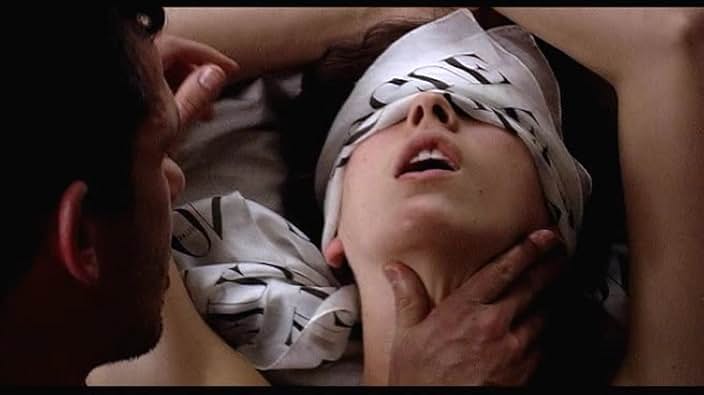
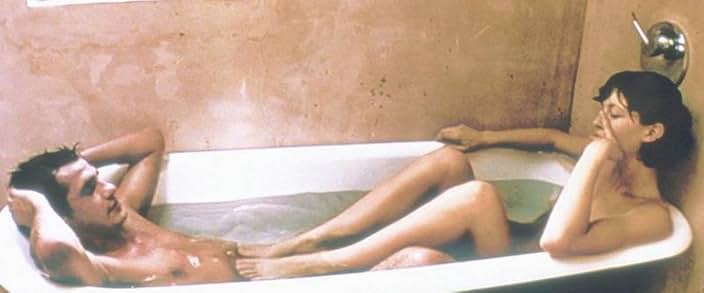
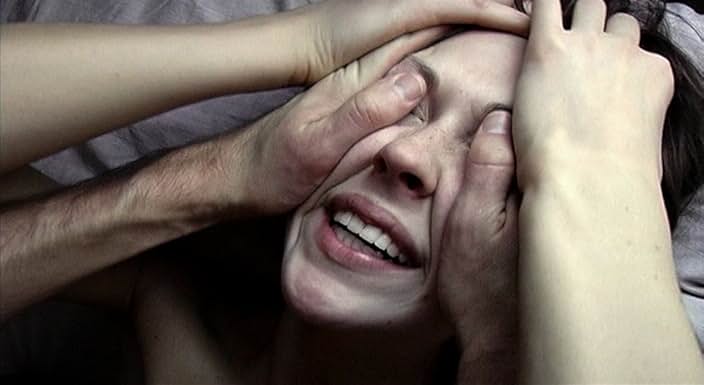
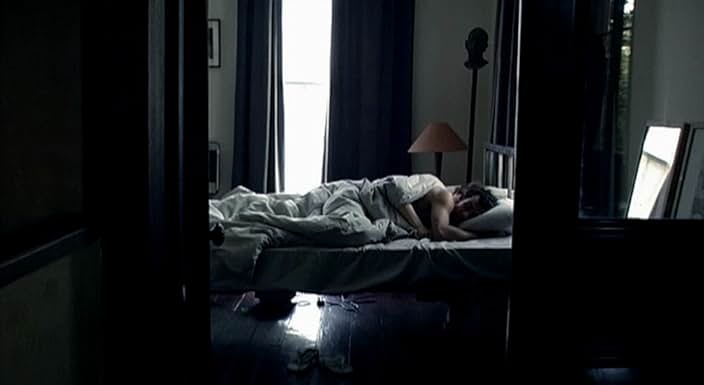

## Themes
“9 Songs” is layered with themes that resonate on both an intimate and universal level. One of its most striking ideas is the fleeting nature of human connection. Matt and Lisa’s relationship is intense but short-lived, much like the concerts they attend—each a burst of energy that fades into memory. This impermanence is echoed in the Antarctic setting, where the ice shifts subtly yet endures, a silent witness to time’s passage.
Memory plays a pivotal role, shaping the film’s structure and emotional weight. Matt’s narration from Antarctica frames the story as a recollection, blending vivid moments with a sense of distance. The songs they share become anchors for these memories, each tune tied to a specific feeling or event, much like how music often lingers in our own lives long after the moment has passed.
The contrast between human warmth and nature’s indifference is another thread running through the film. London buzzes with life—crowded venues, pulsing rhythms, and the couple’s closeness—while Antarctica looms vast and empty, underscoring Matt’s isolation after Lisa’s departure. This juxtaposition deepens the emotional stakes, highlighting what’s lost when connection fades.
Finally, the film celebrates music as a bridge between people. The concerts are more than just settings; they’re communal experiences that tie Matt and Lisa’s story to something broader. The songs express what words alone cannot, offering a shared language for their journey and inviting viewers to connect it to their own.
—
## Music
Music isn’t just a backdrop in “9 Songs”—it’s the pulse that drives the narrative. The nine songs, performed live by bands like Black Rebel Motorcycle Club, Elbow, and Franz Ferdinand, structure the film, each one marking a chapter in Matt and Lisa’s relationship. This approach transforms the soundtrack into a kind of emotional diary.
The film kicks off with “Whatever Happened to My Rock ‘n’ Roll,” a gritty, electric track that captures the thrill of their first meeting. As their bond grows, songs like Elbow’s “Fallen Angel” bring a softer, more tender tone, while The Dandy Warhols’ “You Were the Last High” hints at the melancholy of their parting. Each performance is filmed with a raw, handheld energy, pulling viewers into the sweaty, chaotic atmosphere of the venues.
This choice of indie bands roots the film in the early 2000s music scene, adding a layer of cultural nostalgia. Beyond that, the music universalizes Matt and Lisa’s story. Just as a song can stir personal memories for anyone, these tracks invite the audience to overlay their own experiences onto the couple’s tale, making it both specific and timeless.
—
## Performances
Kieran O’Brien and Margo Stilley bring Matt and Lisa to life with performances that feel unguarded and real. Their chemistry is the film’s heartbeat, grounding the story in a believable dynamic. O’Brien plays Matt as a man of quiet depth, his emotions often simmering beneath the surface. Stilley’s Lisa, by contrast, is vibrant and impulsive, her energy lighting up their interactions.
The actors’ willingness to dive into the film’s intimate moments—portrayed with a rare authenticity—adds a layer of vulnerability. This choice amplifies the sense of being present in their world, whether they’re sharing a laugh at home or swaying together in a crowded concert hall. Their differences—Matt’s restraint versus Lisa’s spontaneity—create a push-and-pull that feels organic, reflecting the messiness of real relationships.
—
## Cinematography
Visually, “9 Songs” is a study in contrasts, brought to life by cinematographer Marcel Zyskind. The concert scenes burst with immediacy, shot with handheld cameras that weave through the crowd and linger on the performers. This documentary style captures the raw, unfiltered energy of live music, making you feel the bass in your chest.
The private moments between Matt and Lisa shift to a gentler approach. Soft lighting and close-ups highlight their connection, creating a sense of closeness that’s almost tangible. These scenes feel unscripted, like stolen glimpses into their lives, enhancing the film’s realism.
Then there’s Antarctica—sweeping, icy vistas that dwarf Matt’s solitary figure. The cool blues and grays stand in stark opposition to London’s warm, chaotic palette, reinforcing the emotional arc from togetherness to solitude. This visual interplay isn’t just beautiful; it’s a storytelling tool that deepens the film’s impact.
—
## Controversy
When “9 Songs” hit theaters, it stirred debate, largely due to its unflinching portrayal of intimacy. Critics were split—some hailed its honesty, while others questioned its purpose. The decision to include unscripted, real moments between the leads pushed boundaries, making it one of the most daring films to gain a mainstream release in the UK at the time.
Yet, the controversy often overshadowed the film’s intent. Winterbottom wasn’t aiming for shock; he sought to capture the full spectrum of a relationship—emotional, physical, and fleeting—in a way that felt true. This approach sparked broader discussions about art, censorship, and how cinema portrays human bonds, challenging viewers to rethink their expectations.
—
## Conclusion
“9 Songs” is a film that stays with you, a bold meditation on love, music, and memory. Its standout feature may grab headlines, but its real strength lies in its ability to mirror the universal ache of connection and loss. Through its clever use of songs as narrative markers, its heartfelt performances, and its vivid visuals, it crafts a story that’s both deeply personal and widely relatable.
Michael Winterbottom’s fearless vision shines through, making “9 Songs” more than just a romance—it’s a reflection on the moments that shape us, set to a soundtrack that echoes long after the screen fades to black. At its heart, it’s about the beauty and brevity of human ties, a theme that resonates as powerfully today as it did in 2004.
